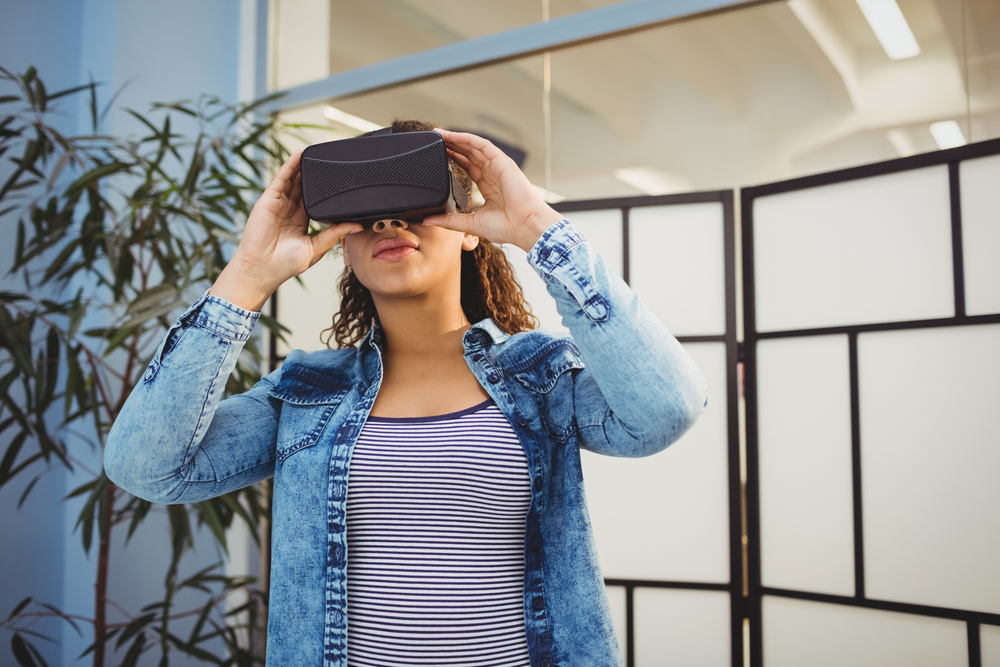[Estimated reading time: 5 minutes]
Social learning is a very powerful form of learning in the workplace. One aspect which makes social learning so powerful is that the how of the behaviour is embedded in the all important why. This leads to greater motivation and more effective behaviour change. Moreover, social learning is not all about learning together and can still occur in distributed teams if supported effectively.
Is social learning all about learning together?
Whilst social learning requires some form of connection to other people, it will still occur when people are not collocated. Adults learn not just through direct experience of cause and effect, but also through observing the behaviour and consequences of others’ actions.
As adults, to learn the negative/positive consequence of a certain behaviour we don’t have to directly experience the consequence that behaviour ourselves. Often it is enough to observe a colleague behaving this way and see the consequence happen to them. This is called 'vicarious learning' and it is the core idea of social learning. We are continuously learning through observation and evaluation of everything in our environment.
The process of evaluating behaviour we have observed is called ‘modelling’. It allows us to create any number of mental models of cause and effect without ever having to experience any of them.
As we ‘collect’ more and more life experiences (directly or observationally) we can start to model evermore complex situations and more accurately predict consequences of our own and others’ actions.
The ability to do this is often loosely referred to as ‘experience’ or ‘expertise’ and is a highly sought-after commodity in most organisations.
So what does this mean for learning in a dispersed workplace setting?
Question: Do we always have to be around other people in order to learn?
No.
In order to learn we don’t necessarily need to be constantly observing others in person, or even visually for that matter.
Social learning theory suggests modelling can occur through detailed verbal or written explanations of the behaviour, and even symbolical portrayal of behaviour such as in literature, films, or music. However, collaborative learning itself has many other benefits which are very important to consider.
So even when people are not physically working together, as for dispersed employees, social learning can and will still occur to some extent.

To facilitate social learning opportunities in a dispersed workforce, technological solutions can help provide access to high fidelity observation opportunities as well as virtual interactions. Various technologies can help with capturing and recreating expert behaviour virtually as well recreating virtual interactions. Technology that can do this with high fidelity will be core to supporting social learning in dispersed workforces.
So how is social learning different from just instructing others how to behave?
In addition to being a very natural way of learning, modelling in social learning is powerful because it can generate much higher levels of motivation in learners then mere instruction giving.
This is in part because modelling clearly demonstrates the link between the new behaviour and the desired outcome. Assuming the outcome is a desired one, seeing this link is a powerful motivator. A learner can observe this link in organisational role models or other people in the organisation or even broader society.
Observing desired outcomes in others is called 'vicarious reinforcement', and reinforces the usefulness of the new behaviour. This reinforcement routinely occurs before the learner has tried the behaviour themselves, and that is what makes it a powerful motivator.

This is especially important for complex and socially ‘risky’ behaviours, such as interpersonal skills where a learner may not get direct reinforcement because they have no opportunity or believe trying is ‘too risky’ in the workplace context.
Vicarious reinforcement can help ‘bridge the gap’ until sufficient motivation is present for learners to try it themselves. A poor organisational culture with a lack of positive role modelling can reduce how well learning is transferred into actual behaviour change because there are few (or even negative) vicarious reinforcement opportunities for learners.
Technology can help here by offering a way for learners to practice recently observed behaviour more frequently, instead of only when the opportunity presents. Technology like virtual reality can have a significant impact as it allows for:
- The practice space to be contextualised to environment (e.g. managers office, in front of media crowd etc)
- Anonymised practice via use of avatars, which can make the practice less intimidating
- These practice (and observational) opportunities can easily be made available to learners in geographically dispersed settings.
Summary
In summary, social learning is not a discrete event: rather it happens naturally and constantly throughout the entire lifespan including at work. Because people are constantly learning by observing and modelling visible behaviour, positive organisational role models and culture should be high L&D priorities.
Social learning is not the same as collaborative learning; strictly speaking all that is required is an effective model to observe and the required motivation to try a new behaviour. In a dispersed workforce, any technologies which bring high fidelity, contextualised observation and practice opportunities to all employees can have significant impact.
The main reason that social learning is so topical in workplace learning dialogues is because it can be a highly effective learning method with substantial ROI. One of the main psychological reasons underlying this effectiveness is that it shows learners both the how and why of a new behaviour. Something which is all important in a time poor, multitasking workplace culture.
How are you creating opportunities for learners in your organisation to observe, model and recreate behaviour?




Comments